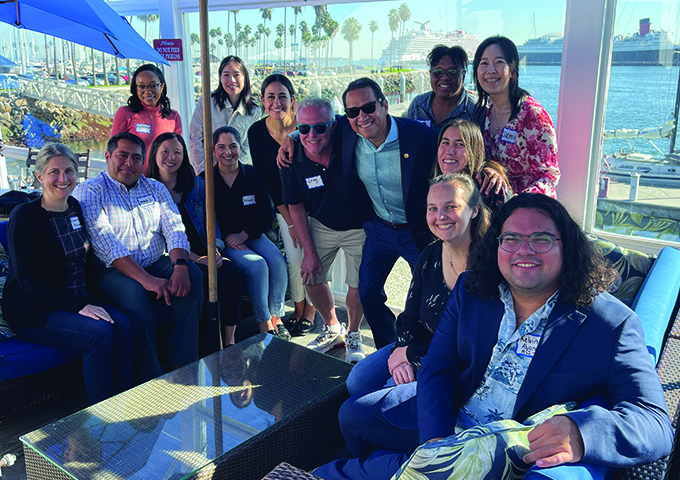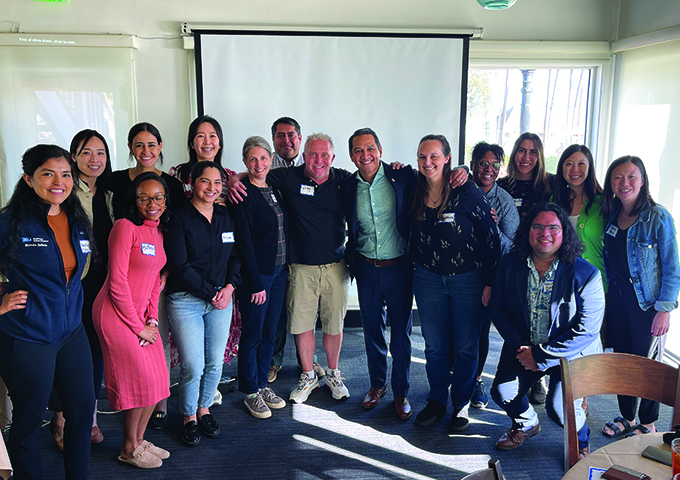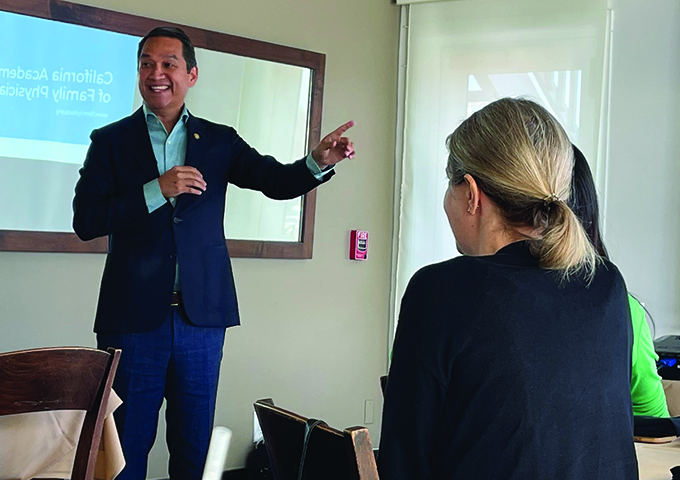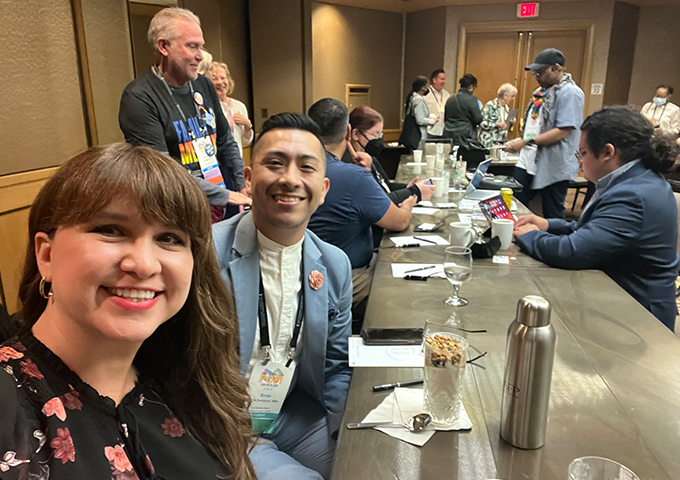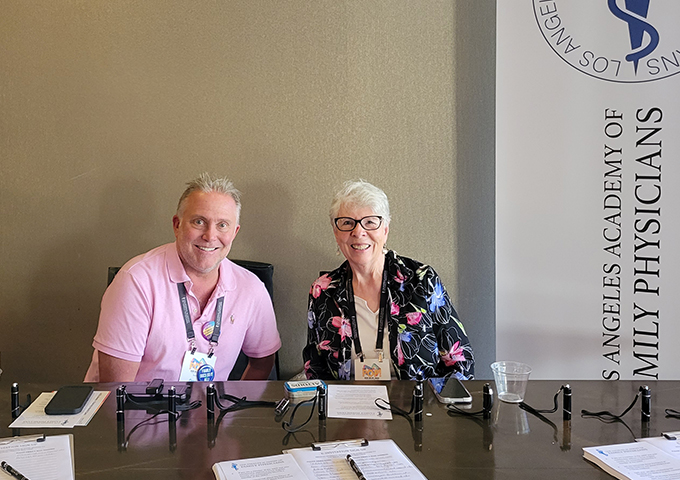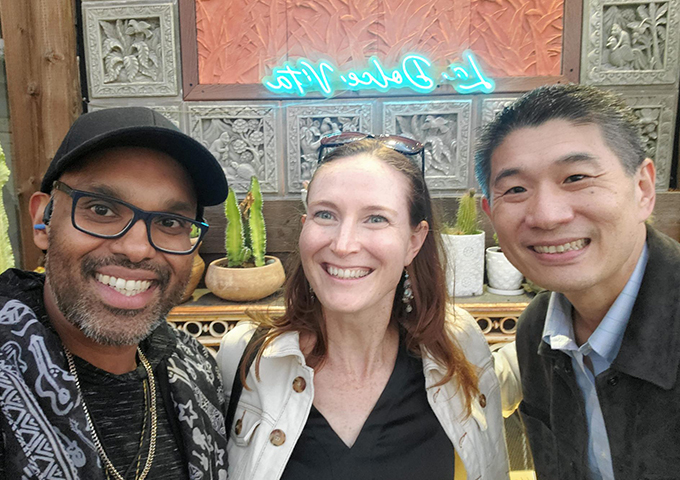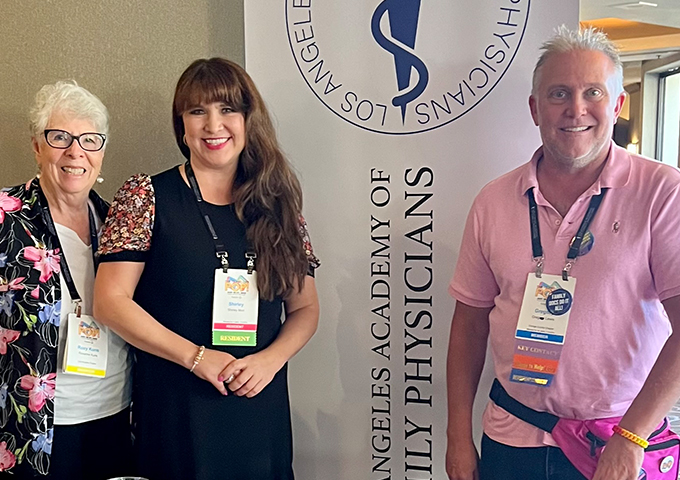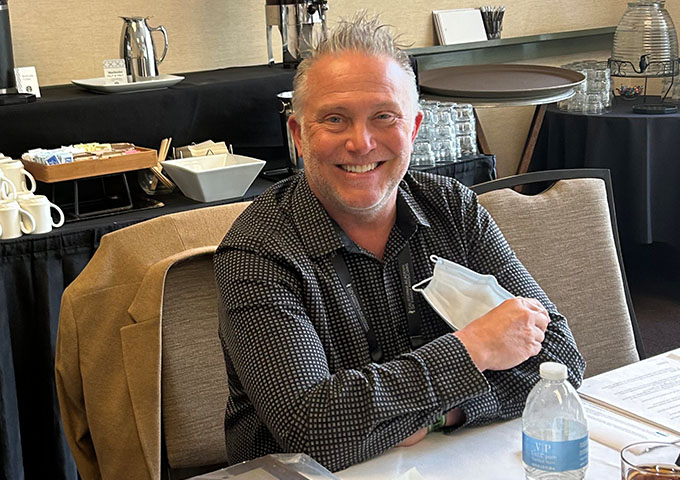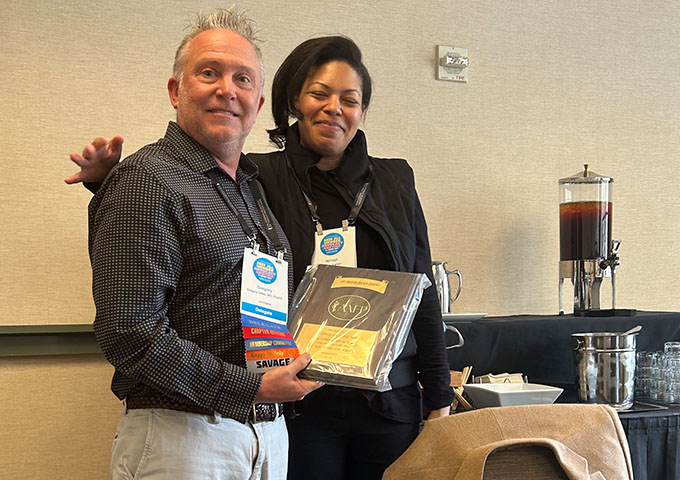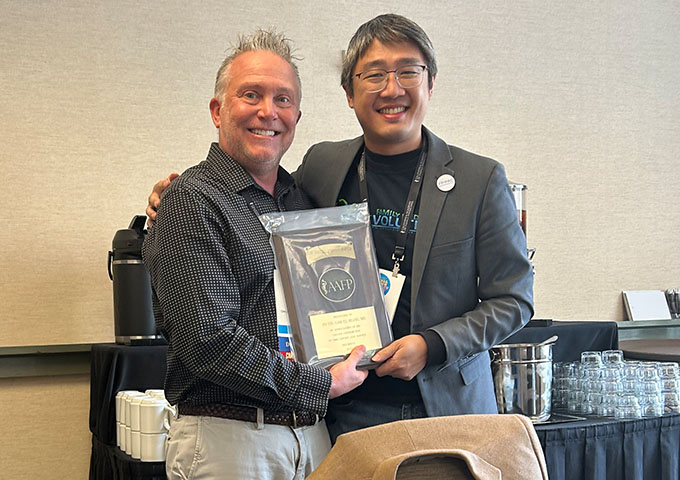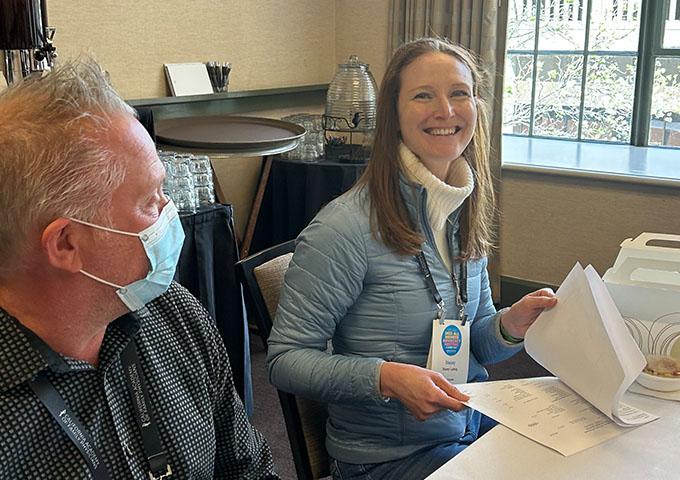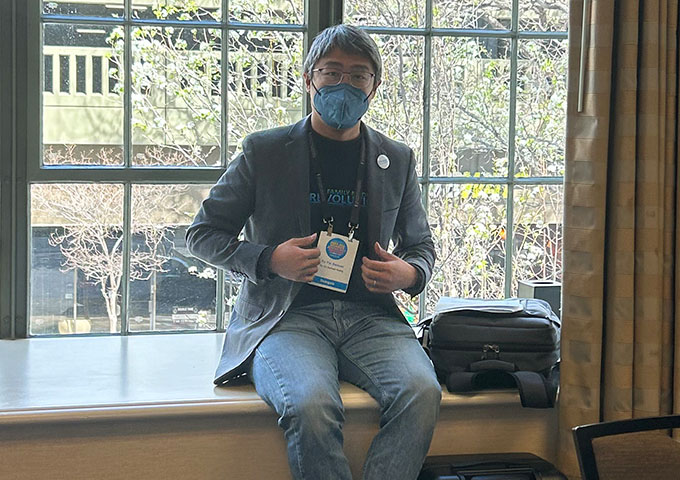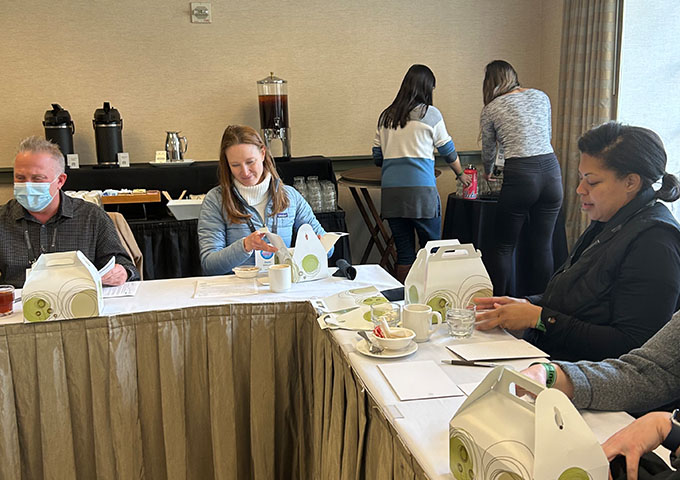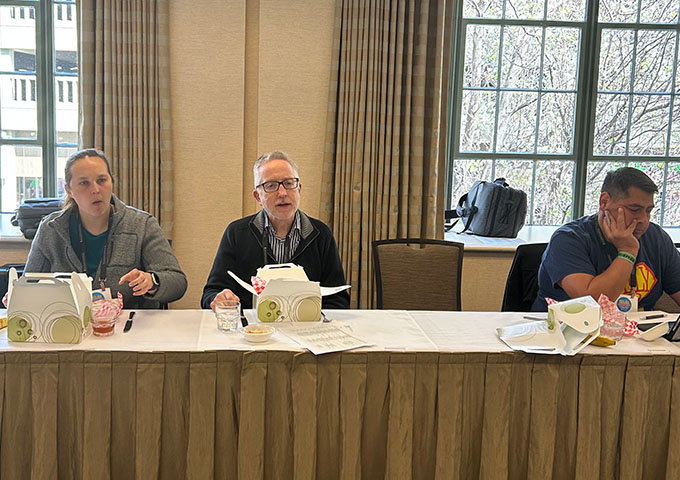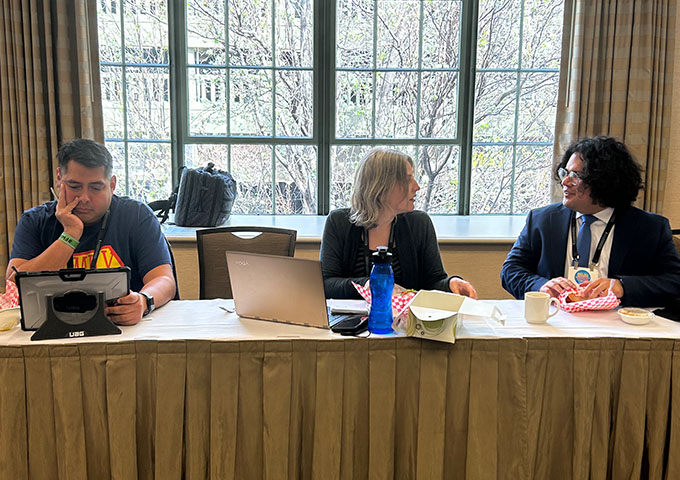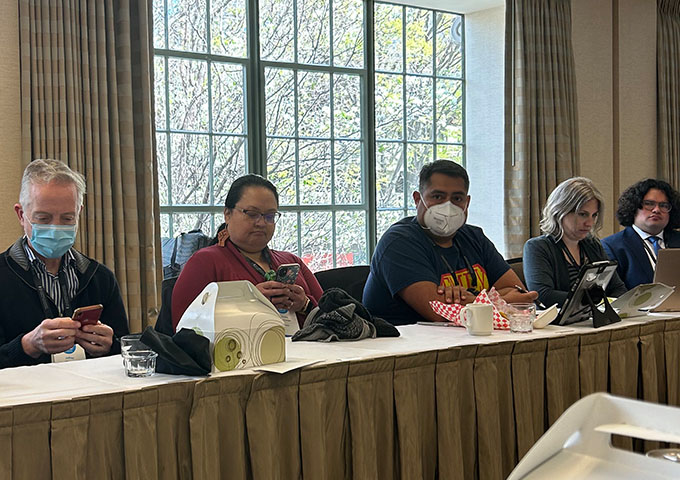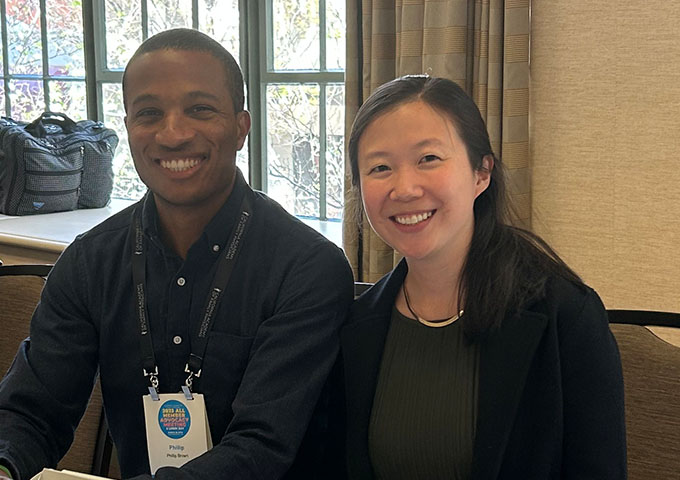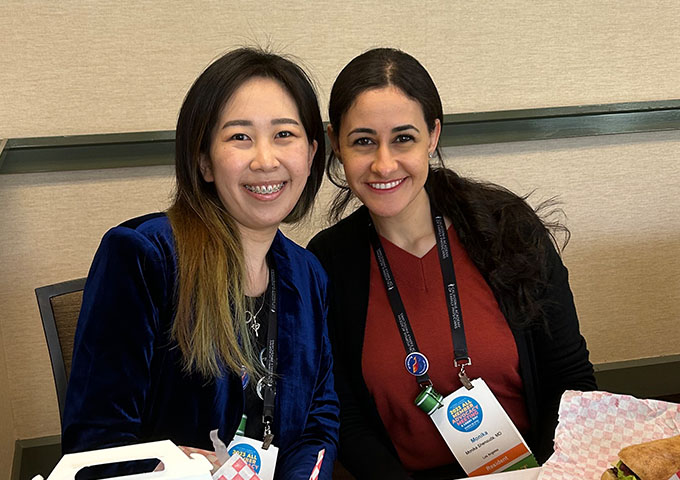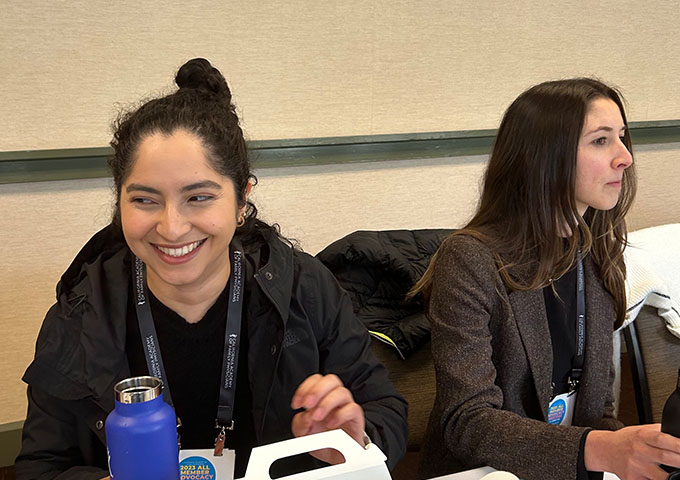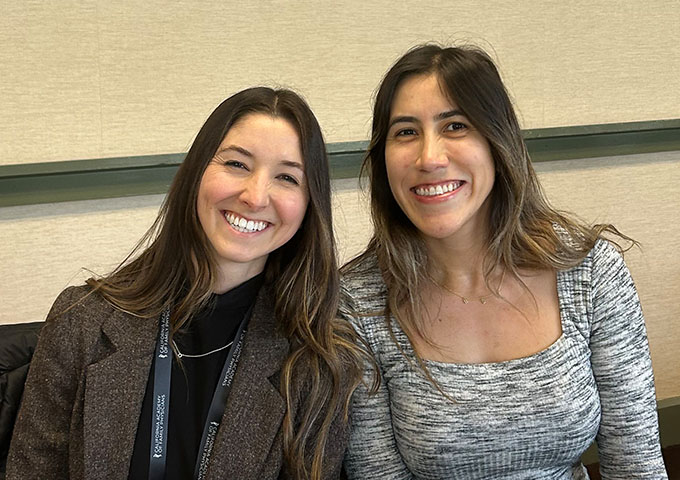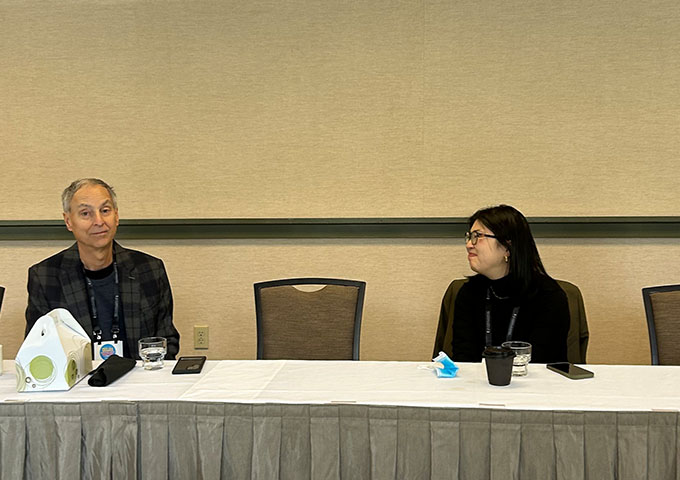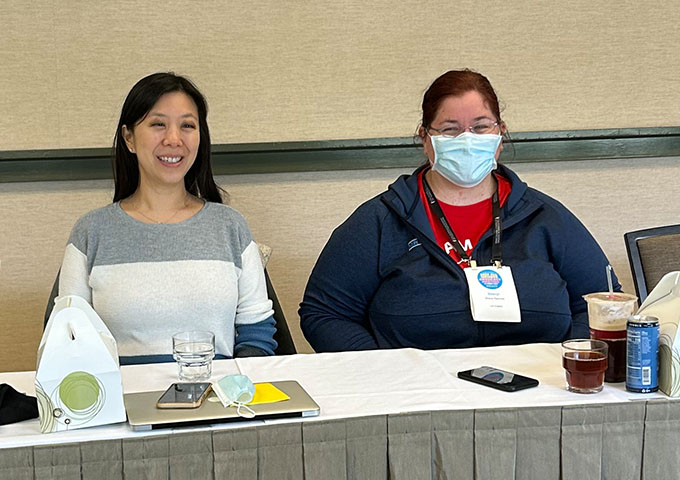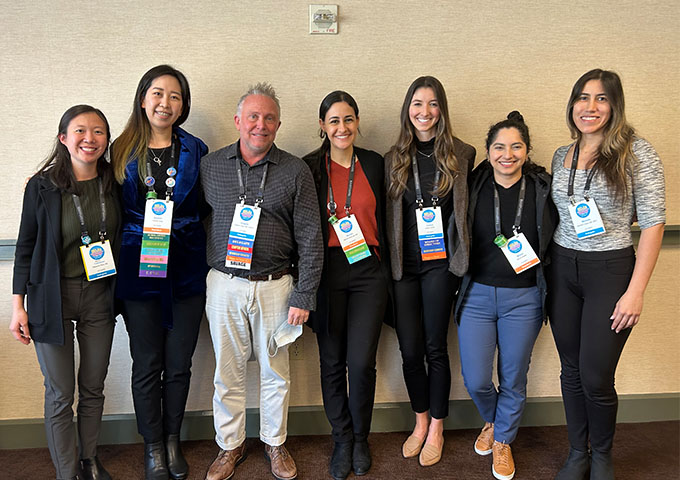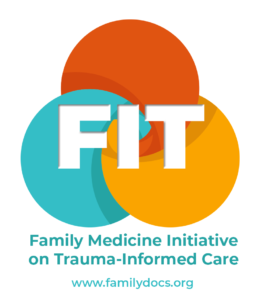
Physician Wellness: Post Covid Era and Beyond
In the last 60 years, the concept of burnout has grown drastically with increasing demands on physicians in an evolving US healthcare system. During the post-COVID era, physician burnout has progressed such that it is now considered a national epidemic crisis. The American Medical Association defines burnout as a long-term stress reaction which may result in emotional exhaustion, depersonalization, and feelings of decreased personal achievement (AMA, 2022). In 2011, 45% of US physicians had at least one manifestation of professional burnout (Shanafelt et al, 2019). The average rate of burnout for family physicians has always been higher than the national average and amongst the top 5 specialties, around 51% in 2011, 63% in 2014, and a decrease to 47% in 2017 (Shanafelt et al, 2019). With the COVID pandemic, however, the average burnout rate of physicians increased to nearly 63% in 2021 (Shanafelt et al, 2022). As family physicians, we decided to pursue medicine because we were driven by an altruistic nature and a deep seeded fire to help others and improve the health of populations in our communities. The realities of what the medical industry has grown into today are far from what many of us had imagined prior to entering the clinical field.
The COVID-19 pandemic has highlighted the fallacies of the US healthcare system putting pressure on the medical industry to truly prioritize health and all related socioeconomic factors that may impact the health of populations. The Institute of Healthcare Improvement estimates that health inequities cost the US $83 billion annually, a number that will continue to rise the longer we fail to control health care costs and optimize our health systems (Enekwechi, 2021). For many healthcare companies and hospitals, the answer to rising healthcare costs has been to transfer the pressure to healthcare workers, particularly physicians, by expanding their list of responsibilities. Patient care is no longer limited to high quality, evidenced based medicine or a positive face to face interaction in the clinic or hospital setting. Now, patient care entails timely documentation, insurance pre-authorizations, disability paperwork, after hour phone calls and follow ups, and warm hand offs with specialists and other members of the care team. This often results in working longer hours and decreased satisfaction in our work. This is particularly significant for female physicians, who suffer from burnout and work-life imbalance at a statistically greater rate, almost two times, compared to males (Shanafelt et al, 2019). The evolution of the quadruple aim in 2014 and now quintuple aim in 2021 emphasizes the importance of clinical well-being and achieving health equity and parallels several landmark events in healthcare that impacted physicians (Itchhaporia, 2021). Such landmark events include the shift to electronic medical records and a multitude of new healthcare regulatory factors in 2014, and the impact COVID-19 pandemic had on physicians in 2020. The pandemic has demonstrated that socioeconomic impacts on population health is inextricably linked, and may be closely tied to physician wellbeing. Health equity and physician wellness should be prioritized and be part of the metrics in measuring the success of healthcare systems in the future.
The aftermath of the COVID pandemic can be particularly impactful on our new generation of resident physicians. Residency can be a challenging time, with potentially long hours of work, and limited time for exercise and other stress relieving self-care activities (Ricker et al, 2020). As learners, residents are already juggling a rapid growth in understanding evidenced based medicine, while applying their medical knowledge to clinical practice. The “art of medicine” is a subtle skill that requires patience, time, experience, and practice – factors that were a luxury and difficult to provide to residents during the height of COVID and subsequent surges due to the pressure on our healthcare system. A longitudinal study of family medicine residents prior to the pandemic showed that burnout peaked after the first year of residency and remained high until graduation, despite other measures of wellbeing improving throughout residency (Ricker et al, 2020). Furthermore, emotional intelligence declined during residency, and was overall lower at graduation than at the start of residency. One can imagine how the COVID pandemic may have exacerbated the mental health, feelings of emotional and physical exhaustion, discontent with work related issues, and a sense of decreased personal accomplishments of resident physicians. During this time when there is a budding spotlight on physician wellness in our country, I implore you to not forget about the health and wellbeing of our future generations of family physicians. Whether you are in private practice, community-based health systems, hospital systems or academics, highlighting protective factors of burnout such as promoting and engaging in wellness programs and practicing mindfulness and gratitude, may address resident burnout and set an example of best practices for other physicians.
The concept of resident and physician burnout and optimizing physician wellness is largely recognized, but incredibly difficult to address. A huge cultural and systemic shift is needed to effectuate the changes necessary to address the mental health of physicians in today’s post-COVID climate. At an institutional level, a common reactive approach to addressing physician burnout is to provide resources for mental health and wellbeing. Expanding on this concept to include proactive techniques to prevent the onset of burnout is essential to the long-term sustainability of the physician workforce. Taking measures to protect physicians from increasing administrative burdens, improve clinic and hospital efficiency and workflow, and increase support staff may improve the work-life balance for family physicians. Additionally, implementing systemic tools to promote teamwork and collaboration amongst physicians of various specialties may not only improve physician wellbeing, but also patient care and satisfaction. COVID has highlighted the importance of preventative care and chronic disease management, such that there may be an increased emphasis and demand on primary care and family physicians in the future. It is imperative that family medicine residents and physicians advocate for a work life balance that is healthy for our specialty, and individually, for ourselves.
During times of turmoil, stress, or discouragement, I remind myself of my why, the reason I chose my profession as a physician leader and administrator in academics. My core essence, passion, and purpose is clearly written in my personal statement to medical school from almost one decade ago. My why is “devoting to better myself and making a positive impact on the life of others.” As a medical student, I identified myself as a “scholar, collaborator, researcher, and lifelong learner,” not knowing I would be adding the roles of faculty, advisor, mentor, department chair, advocate, wife, and soon to be mother. As individuals, we may help build our own emotional intelligence and resiliency by practicing gratitude and mindfulness, being self-aware of our strengths and building upon our weaknesses, and networking and connecting with others. During this post COVID era, as the healthcare system transforms to address the socioeconomic health of our patient populations, family physicians need to take a stance and create a culture of prioritizing physician wellness in medicine.
References:
American Medical Association. What is Physicians Burnout? Physician Health. July 2022. Retreived from https://www.ama-assn.org/practice-management/physician-health/what-physician-burnout
Enekwechi A. Any Medicare solvency must include advancing health. The Commonwealth Fund Blog; January 28, 2021. Retrieved from https://www.commonwealthfund.org/blog/2021/any-medicare-solvency-effort-must-include-advancing-health-equity
Itchhaporia D. The Evolution of the Quintuple Aim: Health Equity, Health Outcomes, and the Economy. J Am Coll Cardiol. 2021 Nov 30;78(22):2262-2264. doi: 10.1016/j.jacc.2021.10.018. PMID: 34823665; PMCID: PMC8608191.
Ricker M, Maizes V, Brooks AJ, Lindberg C, Cook P, Lebensohn P. A Longitudinal Study of Burnout and Well-being in Family Medicine Resident Physicians. Fam Med. 2020;52(10):716-723. https://doi.org/10.22454/FamMed.2020.179585.
Shanafelt, TD, et al. Changes in Burnout and Satisfaction with work life integration in physicians and the general US working population between 2011 and 2017. Mayo Clinic Proc Sept 2019: 94(9): 1681-1694.
Shanafelt, TD, et al. Changes in Burnout and Satisfaction with Work-Life Integration in Physicians During the First 2 years of the COVID-19 Pandemic. Mayo Clinic Proc 2022: 97(12): 2248-2258.

